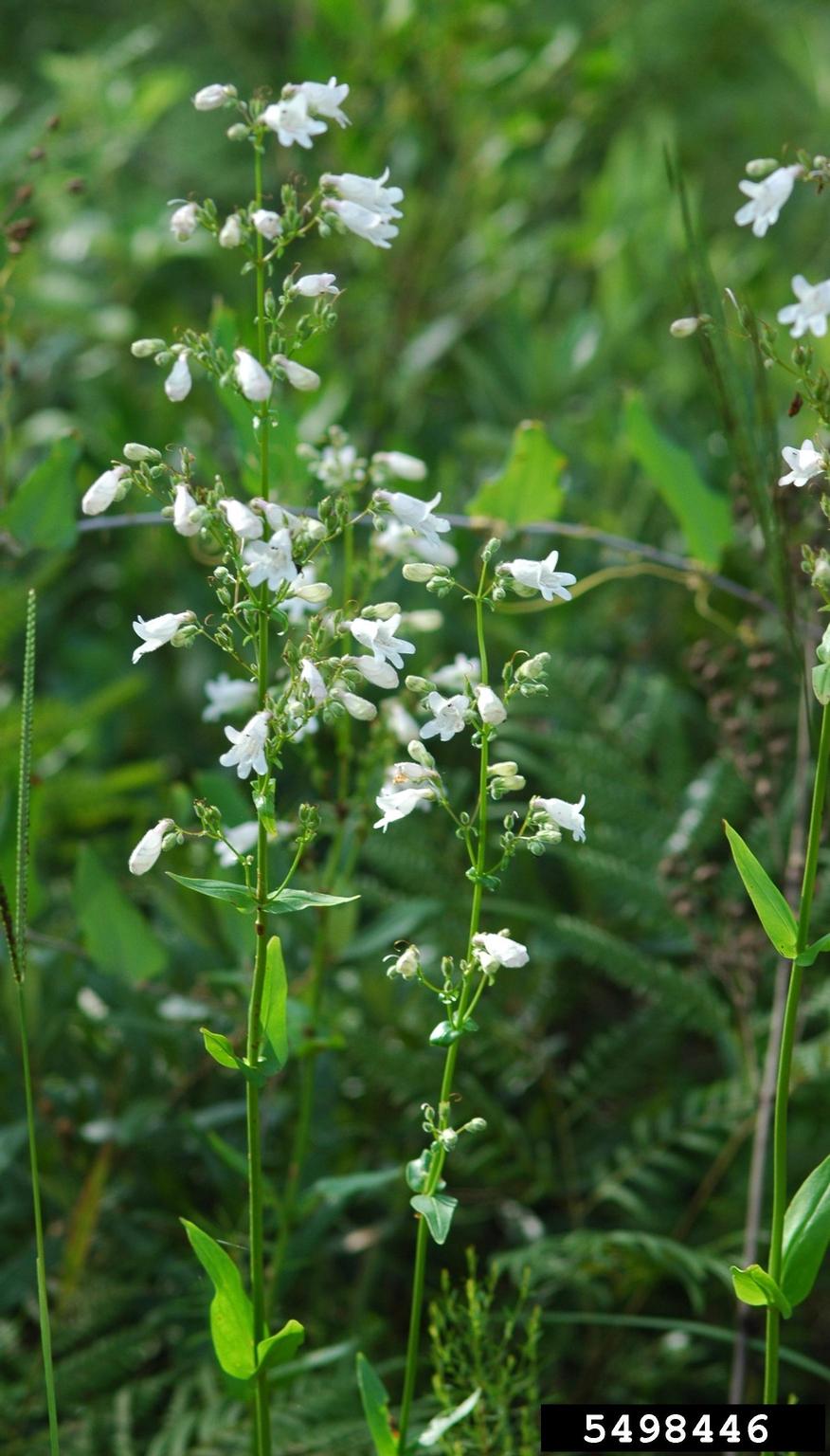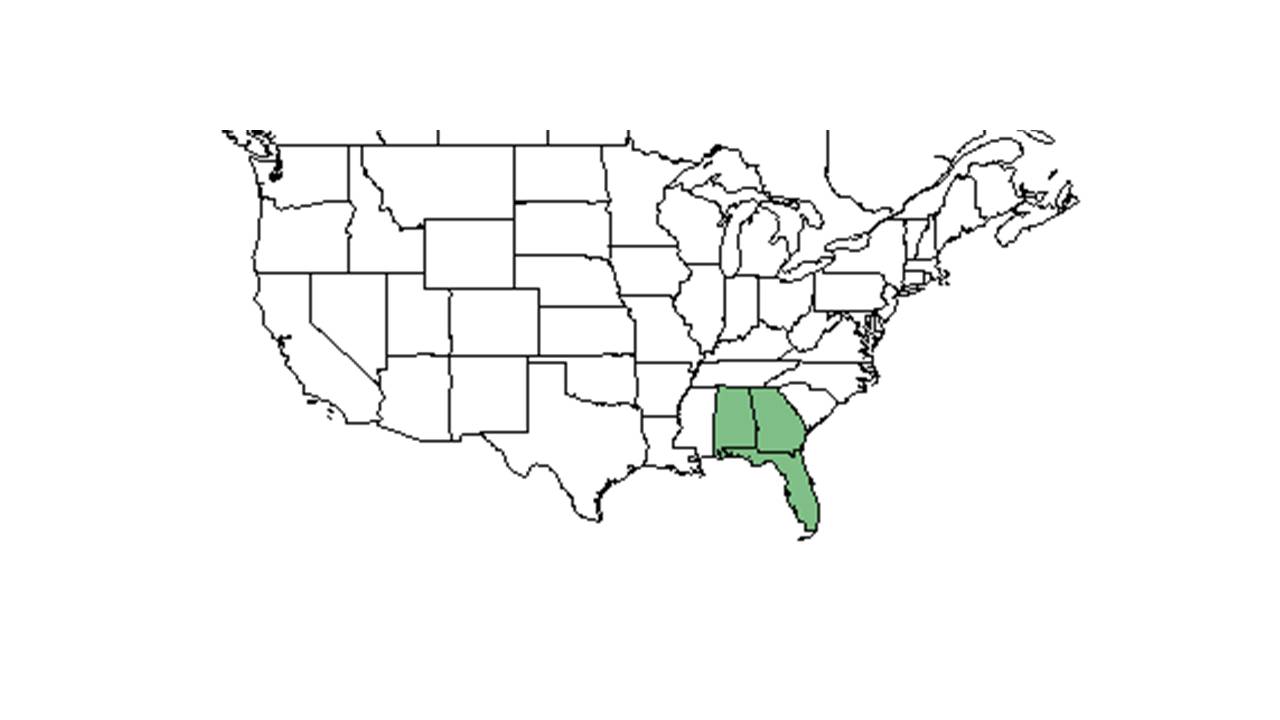Difference between revisions of "Penstemon multiflorus"
(→Description) |
|||
| Line 26: | Line 26: | ||
==Description== | ==Description== | ||
<!-- Basic life history facts such as annual/perrenial, monoecious/dioecious, root morphology, seed type, etc. --> | <!-- Basic life history facts such as annual/perrenial, monoecious/dioecious, root morphology, seed type, etc. --> | ||
| − | ''Penstemon multiflorus'' has cauline leaves with basal leaves that are petioled. The inflorescence of many nodes with anther cells dehiscing by short proximal slits. | + | ''Penstemon multiflorus'' has cauline leaves with basal leaves that are petioled. The inflorescence of many nodes with anther cells dehiscing by short proximal slits. |
The root system of ''Penstemon multiflorus'' includes root tubers which store non-structural carbohydrates (NSC) important for both resprouting following fire and persisting during long periods of fire exclusion.<ref name="Diaz"> Diaz-Toribio, M.H. and F. E. Putz 2021. Underground carbohydrate stores and storage organs in fire-maintained longleaf pine savannas in Florida, USA. American Journal of Botany 108: 432-442.</ref>. Diaz-Toribio and Putz (2021) recorded this species to have an NSC concentration of 109.5 mg/g (ranking 49 out of 100 species studied) and water content of 57.9% (ranking 37 out of 100 species studied).<ref name = "Diaz"/> | The root system of ''Penstemon multiflorus'' includes root tubers which store non-structural carbohydrates (NSC) important for both resprouting following fire and persisting during long periods of fire exclusion.<ref name="Diaz"> Diaz-Toribio, M.H. and F. E. Putz 2021. Underground carbohydrate stores and storage organs in fire-maintained longleaf pine savannas in Florida, USA. American Journal of Botany 108: 432-442.</ref>. Diaz-Toribio and Putz (2021) recorded this species to have an NSC concentration of 109.5 mg/g (ranking 49 out of 100 species studied) and water content of 57.9% (ranking 37 out of 100 species studied).<ref name = "Diaz"/> | ||
Revision as of 14:20, 19 June 2023
| Penstemon multiflorus | |
|---|---|

| |
| Photo by Karan A. Rawlins, University of Georgia, Bugwood.org | |
| Scientific classification | |
| Kingdom: | Plantae |
| Division: | Magnoliophyta - Flowering plants |
| Class: | Magnoliopsida – Dicotyledons |
| Order: | Scrophulariales |
| Family: | Scrophulariaceae |
| Genus: | Penstemon |
| Species: | P. multiflorus |
| Binomial name | |
| Penstemon multiflorus Chapm. ex Benth. | |

| |
| Natural range of Penstemon multiflorus from USDA NRCS Plants Database. | |
Common name: manyflower beardtongue
Contents
Taxonomic notes
Synonyms: none[1]
Varieties: none[1]
Description
Penstemon multiflorus has cauline leaves with basal leaves that are petioled. The inflorescence of many nodes with anther cells dehiscing by short proximal slits.
The root system of Penstemon multiflorus includes root tubers which store non-structural carbohydrates (NSC) important for both resprouting following fire and persisting during long periods of fire exclusion.[2]. Diaz-Toribio and Putz (2021) recorded this species to have an NSC concentration of 109.5 mg/g (ranking 49 out of 100 species studied) and water content of 57.9% (ranking 37 out of 100 species studied).[2]
Distribution
This plant ranges from south-central Florida and southern Alabama, south to southern Florida.[1]
Ecology
Habitat
P. multiflorus occurs in sandy or loamy soil, preferring areas with high light levels.[3] It can be found in oak-pine-palmetto flatwoods, cabbage palm hammocks, and open stands of longleaf pine and scrub oak.[3] It can also occur in disturbed areas, including slash pine plantations, firebreaks, and roadsides.[3] Associated species include sand oak, live oak, saw palmetto, longleaf pine, scrub oak, and slash pine.[3]
Phenology
P. multiflorus has been observed flowering from May to August and fruiting have been observed in July and August.[3][4]
Fire ecology
This species has been found in habitat that is maintained by fire.[3]
Conservation, cultivation, and restoration
Cultural use
Photo Gallery
References and notes
- ↑ 1.0 1.1 1.2 Weakley, A.S. 2020. Flora of the Southeastern United States. Edition of 20 October 2020. University of North Carolina at Chapel Hill, Chapel Hill, North Carolina. Cite error: Invalid
<ref>tag; name "weakley" defined multiple times with different content - ↑ 2.0 2.1 Diaz-Toribio, M.H. and F. E. Putz 2021. Underground carbohydrate stores and storage organs in fire-maintained longleaf pine savannas in Florida, USA. American Journal of Botany 108: 432-442.
- ↑ 3.0 3.1 3.2 3.3 3.4 3.5 Florida State University Robert K. Godfrey Herbarium database. URL: http://herbarium.bio.fsu.edu. Last accessed: June 2014. Collectors: Loran C. Anderson, Rodie White, R. A. Norris, Robert K. Godfrey, M. Davis, and Cecil R Slaughter. States and Counties: Florida: Calhoun, Columbia, Gadsden, Leon, Osceola, and Wakulla. Georgia: Grady.
- ↑ Nelson, G. PanFlora: Plant data for the eastern United States with emphasis on the Southeastern Coastal Plains, Florida, and the Florida Panhandle. www.gilnelson.com/PanFlora/ Accessed: 12 DEC 2016